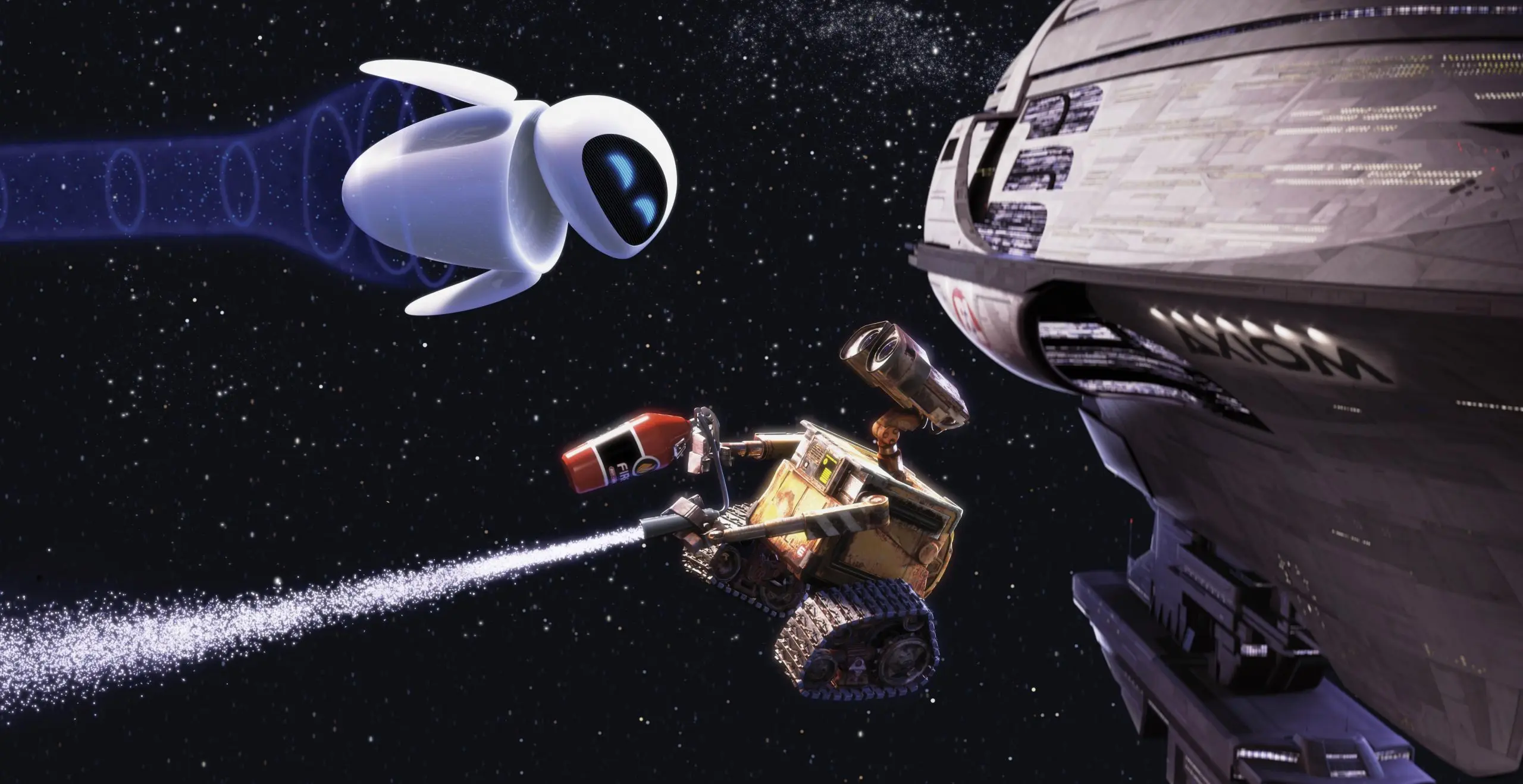I pulled up my local movie theater’s schedule for November 9th. Eternals. Eternals. Eternals. Eternals. Each of the four screens playing the product of Marvel’s latest marketing campaign six times a day. No other movie. Wow.
I may sound like a boomer when I pout at today’s film industry. Monopolies have existed in the past. Particular genres have dominated the movie landscape—maybe Westerns were the old Marvel movies, combining rugged masculinity and Manifest Destiny with heroism. Many of the original Hollywood studio system’s companies are still titans today. But the Disney empire’s rule over the industry feels particularly unjust in the 21st century, when the barriers to entry for making films are lower than ever. Cheaper cameras, accessible editing software, and instructional YouTube videos abound. Shouldn’t movie theaters be overflowing with works from new creators?
We have visionary filmmakers now, for sure. Just looking at the American talent pool shows exciting directors like Robert Eggers, Paul Thomas Anderson, and the Coen Brothers. Abroad, there’s Julia Ducournau, Steve McQueen, Lynne Ramsay, Park Chan-wook, and Thomas Vinterberg.
Martin Scorsese lamented that the works of such directors are getting buried under the tsunamis of franchise films in his 2019 New York Times op-ed, “I Said Marvel Movies Aren’t Cinema. Let Me Explain.” He writes, “We now have two separate fields: There’s worldwide audiovisual entertainment, and there’s cinema… I fear that the financial dominance of one is being used to marginalize and even belittle the existence of the other.”
Many of the box office hits today are prequels, sequels, or remixes of familiar characters (e.g. Godzilla vs. Kong). Their release dates constitute cultural events, bolstered by marketing campaigns that push viewers to the theater using FOMO (the fear of missing out). Often, watching a Marvel movie is merely a prerequisite to asking “Hey, did you see Infinity War?” when you make small talk with the next acquaintance.
These blockbusters, which are mainly visual spectacles, are valuable in their own way. I respect the creativity of special effects creators and stunt coordinators in staging explosions and complex fighting sequences. Heroes can give us hope and adrenaline. My gripe is that we’ve seen them all before. The shot angles, editing, narrative arcs, and smirk-inducing jokes sprinkled into exposition-heavy dialogue are largely formulaic and conventional. “What’s not there [in Marvel movies] is revelation, mystery or genuine emotional danger. Nothing is at risk. The pictures are made to satisfy a specific set of demands, and they are designed as variations on a finite number of themes,” argues Scorsese.
I fell in love with film criticism when I watched movies that revealed more about me or the world around me. These need not be obscure, low budget, or ancient films. Wall-E and EVE’s space dance in WALL-E filled me with joy. The exhilarating editing of Whiplash made a jazz orchestra rehearsal a clinical, precise, and devilish environment. The Joker’s gripping monologues about chaos in The Dark Knight gave me moral dilemmas to contemplate for days on end.
Film criticism starts with pointing to various elements and choices in movies and asking: how does this work? Why does Club Silencio’s blue flashes in Mulholland Drive fill me with anxiety? Why does Requiem for a Dream use fish-eye lenses and bodymount cameras?
Having access to a wide variety of movies was a game-changer for me. It equipped me with the ability to ask lots of different questions based on an extensive collection of scenes, techniques, and emotions. However, relying on choices presented in mainstream movie theaters was not enough. A lot of my discovery process was nebulous and self-guided, consisting of countless hours on Wikipedia and Letterboxd.
We can increase interest in film criticism among young people by making them aware of more creative ways of watching movies. Public libraries and school libraries are painfully under-utilized; by borrowing a DVD player and some DVDs, people can watch thousands of masterpieces for free. Many schools partner with Kanopy, allowing students to stream A24 and Criterion Collection movies for free. Finally, mainstream streaming services like Netflix, HBO Max, and Amazon Prime Video all offer a surprisingly wide selection of “arthouse” and well-made movies if you peruse the “critically acclaimed” sections.
We also need greater changes in the film production and distribution world. Instead of relying on predictable formulas, the dominant film companies need to finance and promote more daring, original endeavors. I know that not everyone is looking for serious cinema. But a lot of young people are hungry, and some don’t even know yet that they are hungry because they have no point of reference.
Young people will fall in love with film criticism when they encounter moving images that challenge their worldview, immerse them in an atmosphere that cannot be described with words, and give them gripping characters that mirror the complexity of everyday life. I believe that when these kinds of movies meet people who are curious and willing to think deeply about what they experience, a natural synergy will be born.


